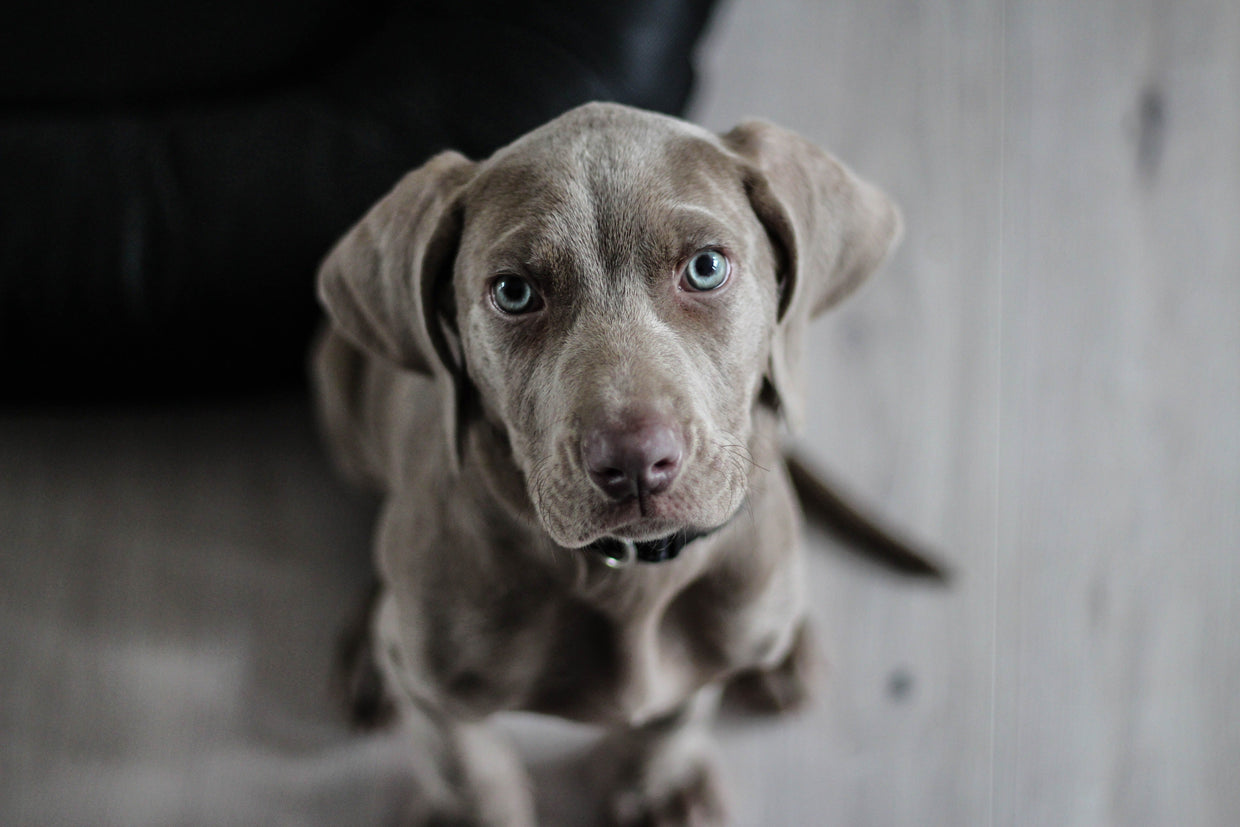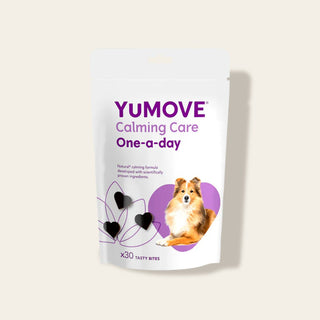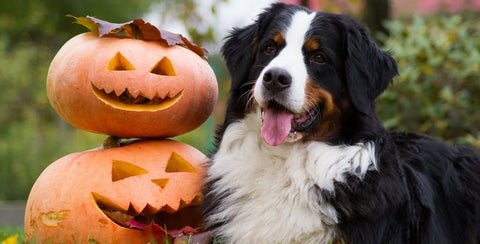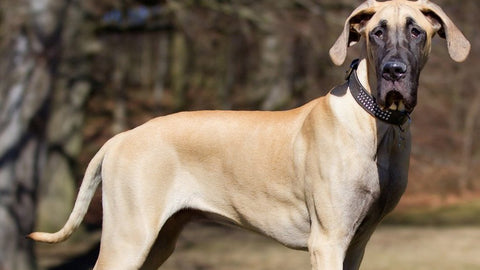

Should you work from home or leave your dog alone?
In honour of National Pet Wellness Month, here at YuMOVE we carried out a study targeting working dog owners who have now returned to the office. The study revealed that a shockingly high figure of 78% of dog owners felt that their dog’s behaviour has been negatively impacted by them returning to the workplace.
It hasn’t just been long-time dog owners that have been affected by this change, though. According to the Pet Food Manufacturers’ Association, a total of 3.2 million households in the UK bought a dog over lockdown.
Although we love giving our pooches the attention they deserve, switching from constant company to being left alone can be a real struggle for many dogs. In fact, our study discovered that nearly half of ‘lockdown dog’ owners felt that, in hindsight, maybe it hadn’t been the right time to buy one, having not fully considered the future post-pandemic.
Separation anxiety in dogs
We also discovered that when owners returned to work, four in five dogs have experienced a significant change in their behaviour, linked with separation anxiety.
The most commonly reported sign of separation anxiety within dogs was an increase in vocal distress. Other common behaviours included aggressive or destructive tendencies, and physical symptoms of anxiety when their owners left for work.
The good news is that there are many ways to ease your dog’s anxiety and help them adjust to their new routine. The RSPCA suggests gradually leaving your dog for small periods of time to help them slowly become more comfortable in their own company. What’s more, when leaving your furry friend alone, it’s important they have a safe space and plenty of fun toys to keep them entertained. There are also many calming supplements available, which help to reduce stress and keep dogs feeling relaxed.

The most independent dog breeds
If you’re on the search for a furry friend, their ability to be left alone is definitely something to be considered. In reality, no dog likes to be left alone for long periods of time, due to their pack instincts and love of human company. This is why we don’t recommend leaving your pooch alone for more than 6-8 hours. If you do need to leave your dog for a long period of time, you should get a dog walker or sitter to take care of them.
That being said, there are some dogs who are much more independent than others. Whilst some breeds can’t bear being without their human, others are quite content to entertain themselves with a couple of good chew toys.
We've put together a list of the top five most independent, low-maintenance breeds. These dogs are often happy to let you carry on with your busy schedule — as long as you give them some loving attention on your return!
Chihuahua
This cute breed is both small and independent. While many smaller breeds are prone to separation anxiety, these little dogs are quite content to be left alone for periods of time. Due to their teeny-tiny legs, they don’t require too much exercise, with the recommended amount being a minimum of half an hour. Chihuahuas are natural pack animals, and love having a friend to keep them company. It’s usually advised to have a pair of Chihuahuas rather than just one, even if that does mean double trouble!
Greyhound
These noble dogs have a reputation for being fast-paced and always full of energy. However, in reality, Greyhounds absolutely love to sleep. In fact, some people even consider them to be the laziest breed! This makes them the perfect choice for busy workers. Docile in nature, they will most likely take a nap whilst you're gone, so you certainly don’t need to worry about coming back to a destroyed house. Just be sure to take them out for a nice walk once you return, so they can stretch those long legs.
Maltese
Maltese dogs are fluffy, adorable and also good at being left alone. This is another sleepy breed that will take a nap just about anywhere. Puppies usually sleep between 18-20 hours a day, and for adults it ranges from 12-14 hours. These little furballs don’t require a huge amount of exercise, but they do love a good game of chase or fetch. Known to be gentle, affectionate and generally sweet-natured, they would much rather please you than cause any disruption whilst you're working.
Whippet
Similar to the greyhound, but smaller in size, these gentle canines have a reputation for being able to withstand time alone. They do require a good run around each day, but love nothing more than crashing out on the sofa afterwards. As long as you’re able to give this breed of pooch some exercise before or after work, they’ll be more than happy to take a nice nap if left alone. It’s also worth noting that whippets don’t tend to be big ‘barkers’, so hopefully they won’t cause much noise disturbance whilst you're away!
Miniature Schnauzer
The intelligent and obedient nature of this breed makes them ideal for working humans. Although they’re prone to be excitable and full of life, they’re also easily trained and enjoy pleasing their owners. Miniature Schnauzers are great with children, and will eagerly wag their little tails if given the opportunity to hang out and play. They will require some boredom-busting toys to play with if left alone, but will most likely spend any alone time thinking of new ways to please you when you get home.



